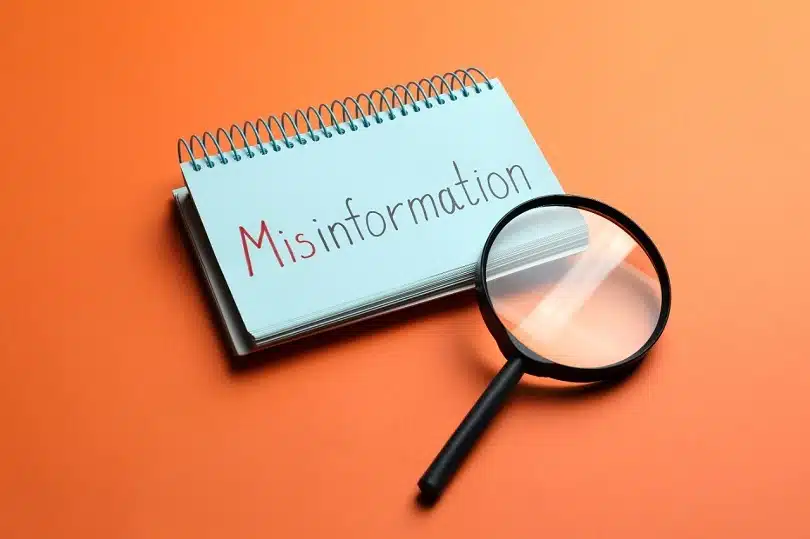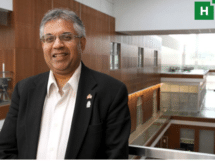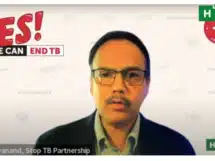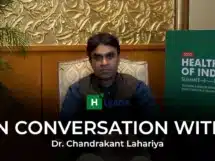In today’s global village, where information is just a click away, how do we combat medical misinformation?
Dr Ahmad Firdaus, President and Co-founder of Medical Mythbusters Malaysia, shares some valuable insights. Excerpts from an interaction:
How did Medical Mythbusters Malaysia come into being?
We started Medical Mythbusters as a Facebook page in 2016 to fight medical misinformation in Malaysia. Today, we are an active non-governmental organisation with over two hundred thousand followers, reaching out to more than one million people. The organisation has 48 members from various medical fields, including pharmacy, ophthalmology, orthopaedics, paramedics, and public health experts, to name some. Through social media, we debunk medical myths and provide factual information in a unique storytelling way that the common public finds easy to understand.
What’s your strategy to fight misinformation?
The organisation makes use of various means to fight the prevalent misinformation. Our basic strategy is to first carefully consider the prevailing misinformation and then address it in the most comprehensive manner. All our members are an active part of our WhatsApp group that deliberates on prominent medical issues and discuss the misinformation with public health experts. We then put together all the latest evidence and relevant information on the issue and create our social media content in such a way that the message is conveyed clearly to the public.
How serious is the threat of medical misinformation?
Medical misinformation is the biggest online threat and it is particularly dangerous in areas such as cancer treatment and vaccinations. Often, patients suffering from cancer seek treatment at hospitals only in the later stages, after trying all sorts of alternative therapies that don’t work. In the process, they lose precious time, bringing down the chances of survival drastically. Similarly, we have observed a tremendous reduction in the vaccination rate in Malaysia. The spurt in the cases of measles and polio in 2016 can be attributed to misinformation regarding vaccines.
Other than social media initiatives, what else needs to be done?
We need to work towards making information accessible in regions where social media may not have a huge reach, such as rural areas. It is important to meet people and have regular conversations at the community centres, mosque, churches, etc. The best way to bust misinformation is to facilitate interactive and informative sessions with the public


















Add Comment